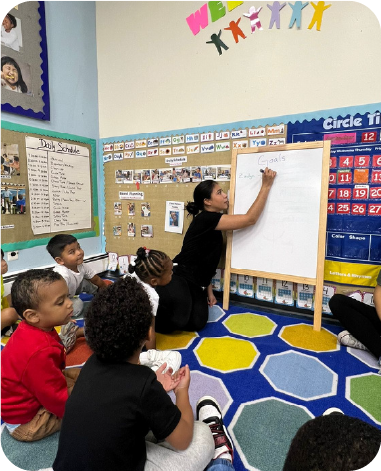In an increasingly globalized world, the ability to speak multiple languages has become a vital skill. Parents often wonder when the best time is for their children to start learning a second language. Research indicates that early language acquisition can have profound benefits for cognitive development, cultural awareness, and even future career opportunities. This article explores the optimal age for introducing a second language to babies and young children, along with practical tips for parents.
The Critical Period Hypothesis
The Critical Period Hypothesis suggests that there is an optimal window for language acquisition, particularly for young children. This theory posits that children are more adept at learning languages before they reach puberty. During these formative years, their brains are incredibly receptive to new sounds, vocabulary, and grammatical structures.

Understanding the Brain’s Plasticity
Neuroscience has shown that the brain’s plasticity is at its peak during early childhood. This means that young children can absorb language in a way that is much more challenging for older learners. The neural pathways that facilitate language processing are more adaptable in infants and toddlers, allowing them to pick up pronunciation and syntax with remarkable ease. Studies using neuroimaging techniques have illustrated how the brains of young children respond to language stimuli, highlighting increased activity in regions associated with language comprehension and production. This heightened responsiveness underscores the importance of exposure to rich linguistic environments during these critical years.
Benefits of Early Language Learning
Starting a second language early can yield numerous benefits. Children who learn multiple languages often show enhanced problem-solving skills, better multitasking abilities, and improved memory. Furthermore, bilingualism can foster greater cultural sensitivity and awareness, enabling children to appreciate diverse perspectives from a young age. Research has also indicated that early language learners tend to perform better academically in subjects beyond language arts, such as mathematics and science, likely due to the cognitive flexibility developed through navigating different linguistic systems. Additionally, the social benefits of bilingualism cannot be overlooked; children who are exposed to multiple languages often develop stronger communication skills and are more adept at forming relationships with peers from various cultural backgrounds.
When to Start Learning a Second Language
While the Critical Period Hypothesis suggests that earlier is better, the question remains: at what age should parents begin introducing a second language? Generally, experts recommend starting as early as possible, with many suggesting that exposure can begin in infancy.
Infancy: The First Year
During the first year of life, babies are particularly attuned to the sounds of language. They can differentiate between phonetic sounds from various languages, making this an ideal time for exposure. Parents can play music, read books, or engage in simple conversations in the target language. Even if the baby does not understand the words, the auditory experience is beneficial. Research has shown that infants exposed to multiple languages can develop a greater ability to recognize and produce sounds from those languages later on, which lays a strong foundation for language acquisition.
Toddler Years: Ages 1-3
As children transition into toddlerhood, they become more interactive and begin to mimic sounds and words. This is an excellent time to introduce simple vocabulary and phrases in the second language. Interactive games, songs, and storytelling can make learning enjoyable and engaging. At this stage, consistency is key; regular exposure will help reinforce what they learn. Additionally, incorporating everyday activities, such as naming objects around the house or using the second language during playtime, can create a natural and immersive learning environment. This approach not only enhances vocabulary but also helps toddlers associate words with their meanings in a practical context, making the learning process more intuitive.
Preschool Years: Ages 3-5
As children reach preschool age, their cognitive abilities expand significantly, allowing for more complex language learning. This is a prime time to introduce structured learning through games, songs, and even simple grammar concepts. Engaging them in group activities, such as bilingual storytime at libraries or playdates with peers who speak the second language, can further enhance their skills. Moreover, children at this age often enjoy repetition and routine, so incorporating the second language into daily rituals, like mealtime or bedtime stories, can solidify their understanding and fluency. The key is to maintain a playful and pressure-free atmosphere, encouraging curiosity and exploration of the language without the fear of making mistakes.
Strategies for Introducing a Second Language
Introducing a second language to a child can be a fun and rewarding experience. Here are some effective strategies for parents to consider.
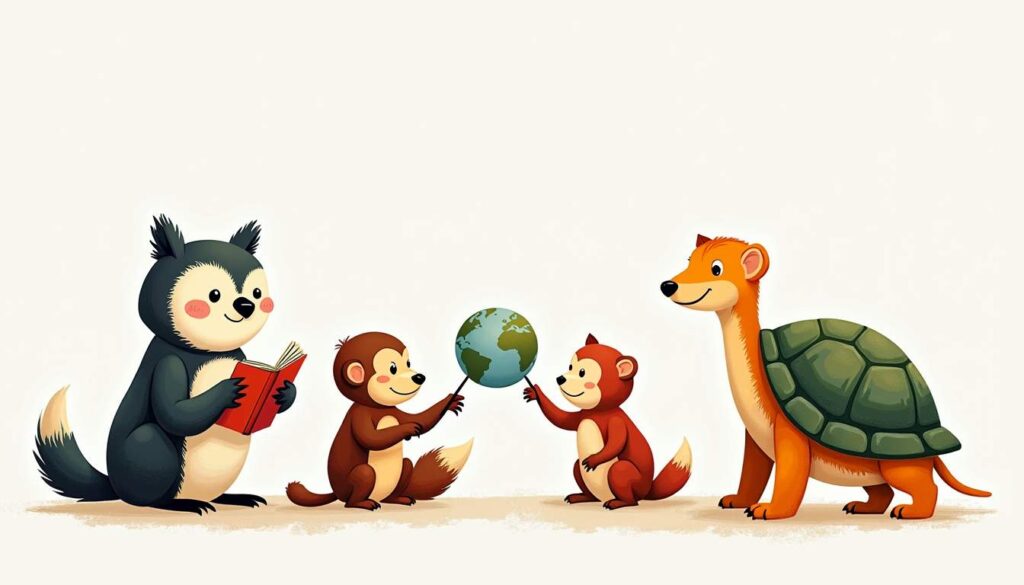
Immersive Environments
Creating an immersive environment is one of the most effective ways to teach a second language. This can be achieved by surrounding the child with the language through music, books, and conversations. If possible, enrolling the child in a bilingual preschool or playgroup can provide an even richer learning experience. Additionally, integrating cultural elements such as traditional stories, festivals, and cuisine can deepen the child’s connection to the language. For instance, hosting a themed dinner night where the family prepares dishes from a country where the language is spoken can spark interest and provide context for the vocabulary they are learning.
Consistent Exposure
Consistency is crucial when teaching a second language. Daily exposure, even in short bursts, can significantly enhance a child’s language skills. Parents can designate specific times of the day for speaking the second language, such as during meals or playtime. This routine helps the child associate the language with specific activities. Furthermore, incorporating the language into daily routines, such as naming objects around the house or using it during errands, reinforces learning in a natural context. For example, when grocery shopping, parents can encourage their child to identify fruits and vegetables in the second language, turning a mundane task into an engaging learning opportunity.
Utilizing Technology
In today’s digital age, technology can be a valuable tool for language learning. There are numerous apps and online resources designed for young learners. Interactive games, videos, and language learning platforms can supplement traditional methods and keep the child engaged. However, it is essential to balance screen time with real-life interactions. Parents might also consider using language-learning podcasts or audiobooks during car rides, allowing children to absorb the language in a relaxed setting. Additionally, online language exchange programs can connect children with peers from different countries, providing authentic conversational practice and cultural exchange, which can be both educational and exciting.
Challenges of Bilingualism
While there are many benefits to learning a second language early, it is also essential to acknowledge potential challenges. Some parents may worry about language mixing, where a child combines elements from both languages. This is a normal part of the learning process and typically resolves itself as the child becomes more proficient in both languages.
Language Mixing: A Natural Phase
Language mixing can occur when a child uses words or grammatical structures from one language while speaking another. For instance, a bilingual child might say, “I want to go to the parque” instead of using the English word “park.” This behavior is common and usually indicates that the child is experimenting with both languages. Over time, as their language skills develop, they will learn to differentiate between the two.
Potential for Delayed Speech
Some parents express concern that introducing a second language may lead to delayed speech development. However, research shows that bilingual children often reach language milestones at similar rates to their monolingual peers. In fact, the cognitive benefits of bilingualism can contribute positively to overall language development.
Maintaining Language Skills
Once a child has started learning a second language, maintaining those skills is crucial. Without regular practice, language proficiency can diminish over time. Here are some strategies to help keep the language alive.
Encouraging Regular Use
Encouraging the child to use the second language regularly is vital for retention. This can be achieved through playdates with other bilingual children, family trips to countries where the language is spoken, or simply by integrating the language into daily life. The more the child uses the language, the more proficient they will become.
Engaging with Native Speakers
Interaction with native speakers can significantly enhance language skills. Whether through community events, language exchange programs, or online platforms, engaging with fluent speakers allows children to practice their skills in real-life situations. This exposure not only improves language proficiency but also boosts confidence.
Incorporating Cultural Elements
Language learning is not just about vocabulary and grammar; it also involves understanding the culture associated with that language. Incorporating cultural elements such as music, food, and traditions can make learning more enjoyable and meaningful. Celebrating cultural holidays or cooking traditional dishes can create a rich, immersive experience.
Conclusion: The Gift of Bilingualism
Introducing a second language to a child can be one of the most rewarding gifts a parent can give. The cognitive, social, and cultural benefits of bilingualism are well-documented and can have lasting impacts on a child’s life. While the optimal age to start learning a second language varies, beginning as early as possible is generally advisable.
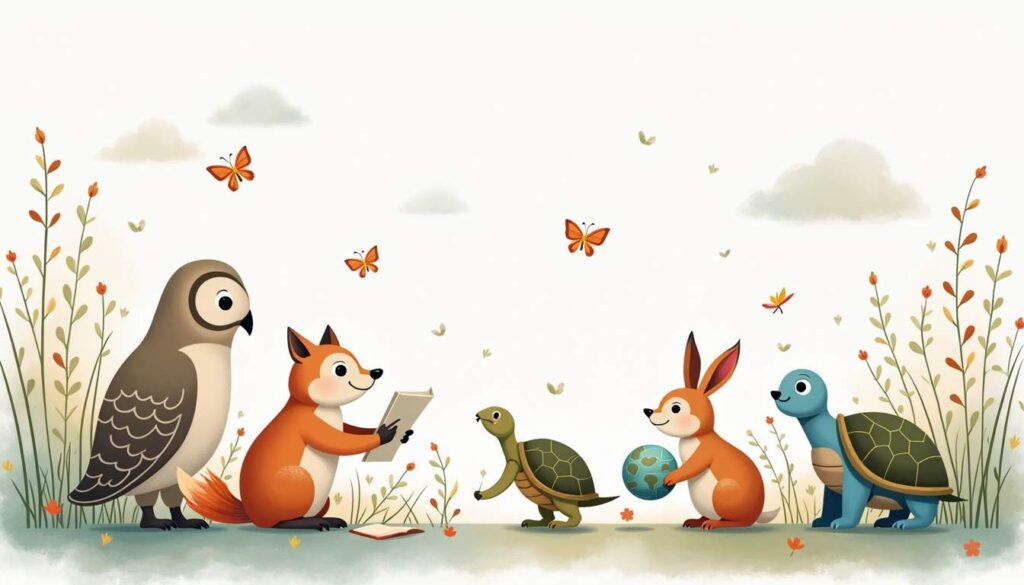
Parents should embrace the journey of language learning with their children, recognizing that it is a process filled with exploration and discovery. With the right strategies and consistent exposure, children can thrive as bilingual speakers, equipped with the skills to navigate an increasingly interconnected world.
Ultimately, the age at which a baby should start learning a second language is not a strict guideline but rather a flexible approach that can adapt to each child’s unique needs and circumstances. By fostering a love for languages early on, parents can set the foundation for a lifetime of learning and cultural appreciation.






